Hard drives are not a new technology you have never heard of; we are all familiar with their use. Hard drives have been around for 50 years, but their design, speed, and performance keep improving. Hard drives used to be very large in size and small in capacity. However, hard
drives keep changing; They are getting more minor and more significant in ability.
Today there are different versions of hard drives available in the market, each with its speciality. They are designed to serve a particular purpose and thus come with unique features. Its speed, performance and reliability are entirely different from each other.
Many of us assume that all hard drives are the same and that you can use any hard drive for any purpose. However, this assumption is not vice’s choice because a different type of hard drive has another firmware that is specially made for the specific use;
Yes, sometimes people use a desktop hard drive in a small-scale CCTV DVR or NAS system if they find it cheap and hardly care about the best real-time performance. Why only “on a small scale”? Because desktop drives are not intended to work in the RAID data storage environment (where an enterprise drive can work with hundreds).
In this 21st century, hard drive manufacturers primarily focus on creating task-specific drives. All this is due to the need for the latest technology, such as mass surveillance or cloud-based storage. Usually, you can find the information about the type of hard drive as well as its model number on the product page, and it is like;
- Enterprise HDD
- HDD Surveillance
- NAS or Network HDD
- desktop hard drive
So, these are the four most popular hard drives available in the market. Each movement mentioned above has its speciality and is made to work in a particular environment.
Let’s Start With “Desktop Hard Drives”;
Desktop hard drives are primarily designed for regular home or office use. They are only specialized for moderate usage, and their life expectancy and MTBF (Mean time between failures) is also low compared to any enterprise or network hard drive.
A desktop hard drive is basically made to work for a limited amount of time. Most of these hard drives can run only about 12 hours a day, and using them for a long time can lead to loss of storage and even damage the industry. These low-profile drives are also not intended to read or write the mass amount of data continuously;
Compared to the enterprise-class drive, the total workload that a desktop drive can handle is about 10-20% (about “50 Terabytes Year”, whereas an enterprise drive can take “550TBY”).
A desktop hard drive will not be able to cope with mass usage and storage if it is used for any purpose other than regular use. Doing so easily will cause hard drive failure and may cause data loss due to its lower MTBF rates. These drives are mainly used to access saved data and to run light applications.
Desktop Class hard drives are ultracheap and perform very well in the least rigorous environment;
Although, if you can spend a little more money, hard drives like the BarraCuda Pro or WD Black can at least taste something delicious (by giving you a little extra premium performance). And you know, even in some storage categories, the desktop hard drive performs better than the business hard drive.
Following; “Surveillance Hard Drives”
Surveillance hard drives are primarily designed to handle surveillance video data. Suppose you have or plan to get an extensive surveillance system supported by multiple industries. In that case, having a surveillance-based hard drive is the key component you should need after getting the recording set up.
A video recording system has its own specific needs. You create a large amount of data daily and therefore require a drive that can be written to without overheating, slowing down or losing capacity. These drives are extremely reliable and work for years, even without interruption. Therefore, it needs a cool, non-humid environment for it to be able to function smoothly without overheating or failing.
They are not as powerful as the other three types, but they come with outstanding reliability;
These units are used in video servers, DVRs, NVRs and other video management systems. And they are designed to work 24 hours a day, seven days a week. All the video data is saved in large separate files, which makes it easy to read or write to the “Head” of the hard drive because all the significant information is written in blocks on a continuous path (track), so you can quickly access them while data blocks are being read or written sequentially;
Surveillance drives come with the best “Sequential Read/Write” speed, but you can’t expect them to do the same with “Random Read/Write” rate.
Handling real-time data 24 hours a day can produce a lot of heat and to handle this surveillance unit comes with unique modifications that allow them to handle overheating. A general desktop unit if used in a surveillance system will be easily damaged because they are not designed to handle so much workload.
The watchdog disk also consumes a small amount of power compared to regular disks. This is due to two reasons: first, it lowers the cost of operation since it is used 24 x 7; second, it also prevents the drive from producing excess heat when working with many other drives.
In case you have an old SATA hard drive and want to make it useful in your small-scale surveillance system. You can feel free to use it because all hard drives work the same, and the only difference they have is the firmware (which makes it highly compatible with that particular technology, so that the system can take advantage of its full potential).
A desktop drive only works in a minor configuration because its firmware is not made for RAID (Redundant Array of Independent Disks) storage.
There are even two variants of surveillance drive available in the market, the first is an 8-bay supported variant (which can work in RAID with 8 other drives), and the second is a 16-bay supported variant (which can work in RAID with 16 other drives, where some can be paired with unlimited).
NAS (Network Attached Storage) Hard Drives
NAS hard drives are used in NAS devices. A NAS device is a storage device connected to a network and provides fast data retrieval from a central location to your customers. Therefore, Network Attached Storage NAS hard drives are devices designed to function as part of a network. NAS hard drives need to work 24×7 to make data continuously accessible to the company and its customers.
These drives are made for a multi-user environment and can process a large amount of data for a heavy data transfer network. They are a paired data recovery service and other features to keep the drive running smoothly in network environments.
NAS hard drives are basically meant to get the job done in the business environment and can only cost about the same as any high-performance desktop hard drive, and their price is only 10-15% higher than regular desktop hard drives.
NAS hard drives also come in two variants, 8-bay or 16-bay, while a limited 8-bay drive can work with eight other drives, and the 16-bay drive can go unlimited. And of course, yes, just like the above, you can also use a desktop drive in a small-scale NAS system.
At last; “Enterprise Class Hard Drives.”
Business hard drives are used in servers and large storage systems. A mass storage system needs a movement that can respond as quickly as possible to transfer the data, which is why enterprise-class drives come with high-performance capabilities.
Data security is essential for storage systems and must also handle critical data. The loss of this crucial data can cause a great loss for the company. Business hard drives come with many data security features to prevent data loss in the event of a business hard drive failure. Using these security features, data can be easily recovered in an emergency.
Most enterprise-class hard drives come with a definitive MTBF of 2.5 million hours, compared to 1-1.5 million for NAS & Surveillance hard drives; that’s all because data centre storage systems need to process a huge amount of data continuously, even working with all other RAID hard drives.
Along with that, they are also expensive because they are loaded with unmatched abilities. The most important thing for a server or an extensive storage system is that it needs to work continuously;
So, from the day you connect the drive to your storage system, from then on, the drive will work non-stop until it dies. Business hard drives typically come with a 5-year warranty, but they can last longer than expected.
The internal mechanism of enterprise-class hard drives enables high-speed data access and retrieval. For fast data access, drives come with faster spindle speeds, heavier drive magnets, denser magnetic media, and faster electronics. Therefore, you cannot resist its capabilities when storage is necessary for some professional work.
Answers to some frequently asked questions
Q. Which brand is better to buy a Desktop/NAS/DVR/Server hard drive?
A. Today, all the brands that make internal hard drives have been making them for decades. It cannot be said that the disc works better by looking at its brand. Buying a unit with the highest performance and warranty is the key to choosing the right one.
You may be interested in this article; List of top 5 hard drive brands to choose from;
Q. What type of hard drive is best for gaming?
A. Selecting a gaming hard drive is not that easy. Many think buying a company drive can solve their game storage bottleneck (which is not always the case).
Buying the perfect type of drive for your gaming rig depends entirely on your storage selection, as in some storage categories, the desktop drive outperforms the best compared to the enterprise-class hard drive;
Suppose you can search for the fastest 1TB hard drive. In that case, you will see that the “WD Black Series WD1003FZEX” can outperform any 1 terabyte drive available on the market (even business class). Still, the situation is the opposite when you search for the best 2TB hard drive.
Q. How many loads can a desktop drive, NAS, DVR or server support?
A. Around 55TB/year on desktop, 180TB-300TB/year on NAS & Surveillance and 300TB-550TB per year in an enterprise-class hard drive.
“That’s all for now, thanks for sticking with the article. It is always good that you communicate your opinions to me, in the comments below.”??
none found

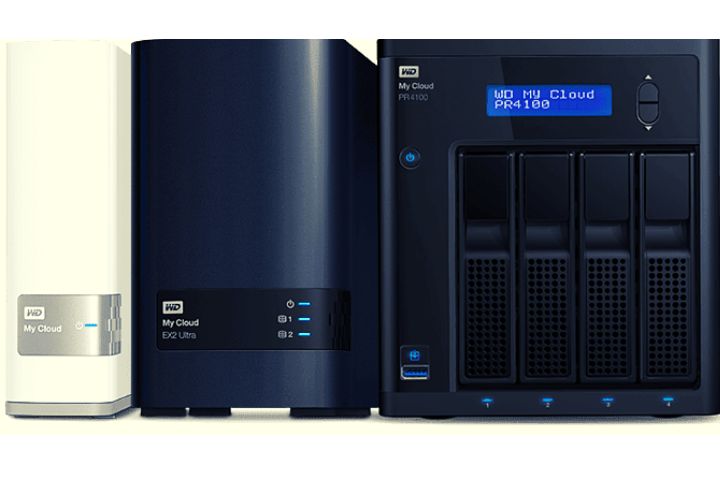


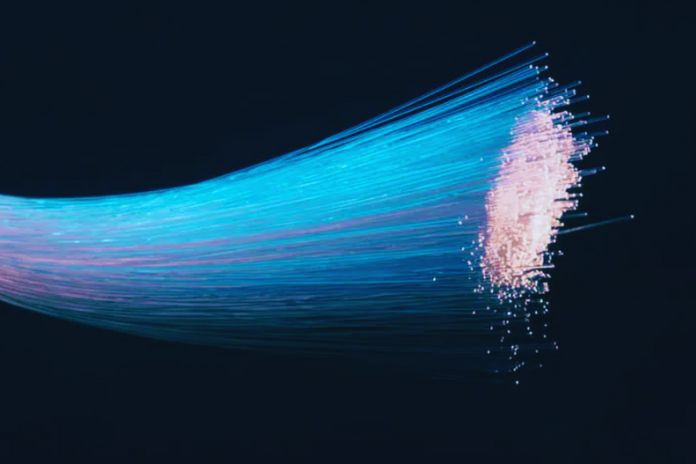
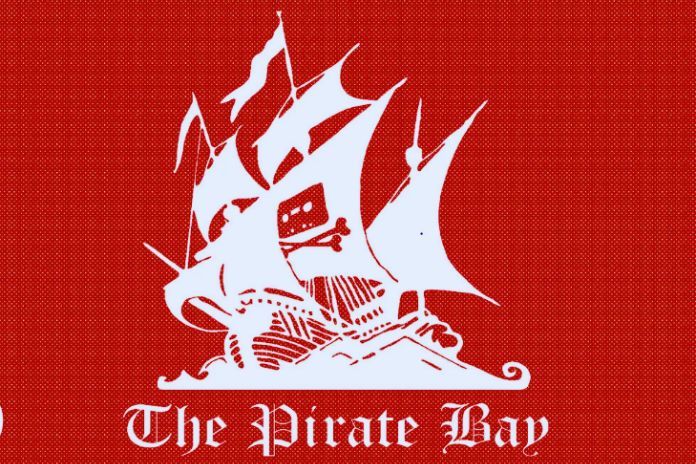



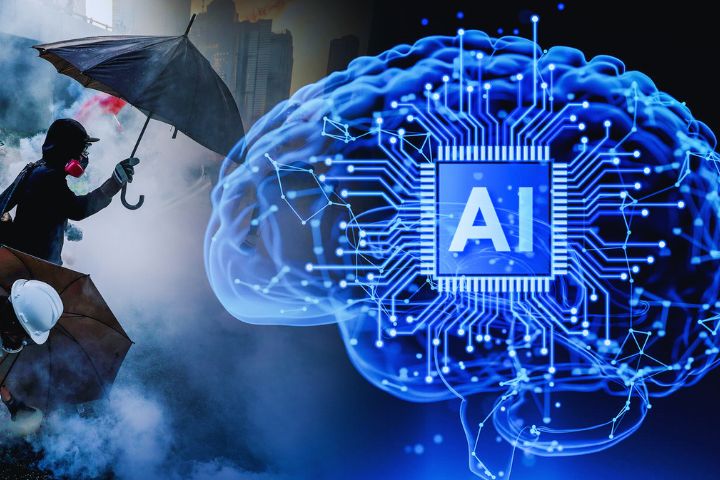
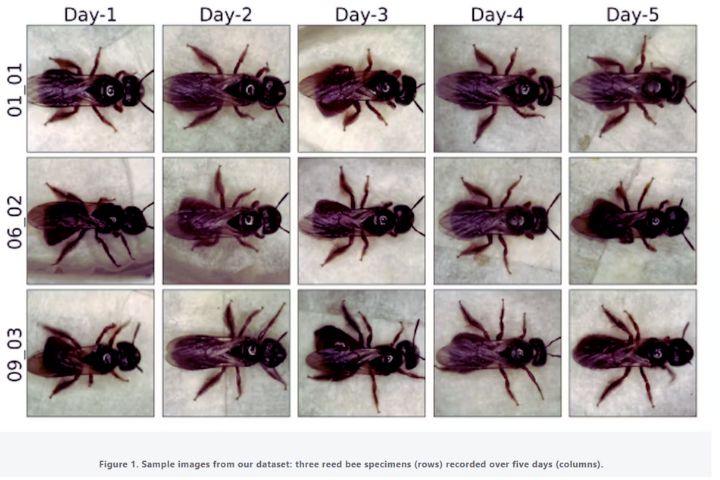

Leave a Reply